In the early 1900s, Jackson Avenue was the undisputed main street of Long Island City, Queens. It was a wide, bustling thoroughfare that served as the commercial, industrial, and civic center of the area. The street ran from the East River waterfront inland, acting as the first point of entry for many people and goods arriving in Queens from Manhattan.
The avenue was a vibrant mix of sights and sounds. The primary mode of transportation was the electric streetcar, which ran on tracks down the center of the road, connecting the ferry terminals at the waterfront with the rest of Long Island City and beyond. Horse-drawn wagons and commercial drays were a constant presence, transporting goods from the nearby factories and docks. The first sputtering automobiles began to appear, sharing the cobblestone and macadam roadway.
A major landmark on the avenue was the Queens County Court House. This grand building, constructed in the 1870s, made Jackson Avenue the legal and governmental heart of the borough. Lawyers, judges, clerks, and citizens flocked to the area for court business, supporting nearby restaurants and shops. Banks and insurance companies also established impressive stone and brick buildings along the avenue, cementing its status as a financial hub.
Read more
Commerce thrived on Jackson Avenue. It was the primary shopping district for the region, lined with department stores, furniture dealers, and clothing shops. Smaller businesses, such as grocers and hardware stores, served the daily needs of the residents who lived in the apartments and row houses on the surrounding streets. Theaters and hotels also dotted the avenue, catering to travelers and providing entertainment for locals.
The most significant event of this era was the construction and opening of the Queensboro Bridge in 1909. The bridge’s approach was built directly over the Long Island City street grid, forever changing the area. While the bridge’s main entrance was just north of Jackson Avenue, it funneled an unprecedented amount of traffic into the vicinity. This new connection to Manhattan solidified Long Island City’s industrial importance and ensured that Jackson Avenue would remain a critical and busy gateway to the borough.



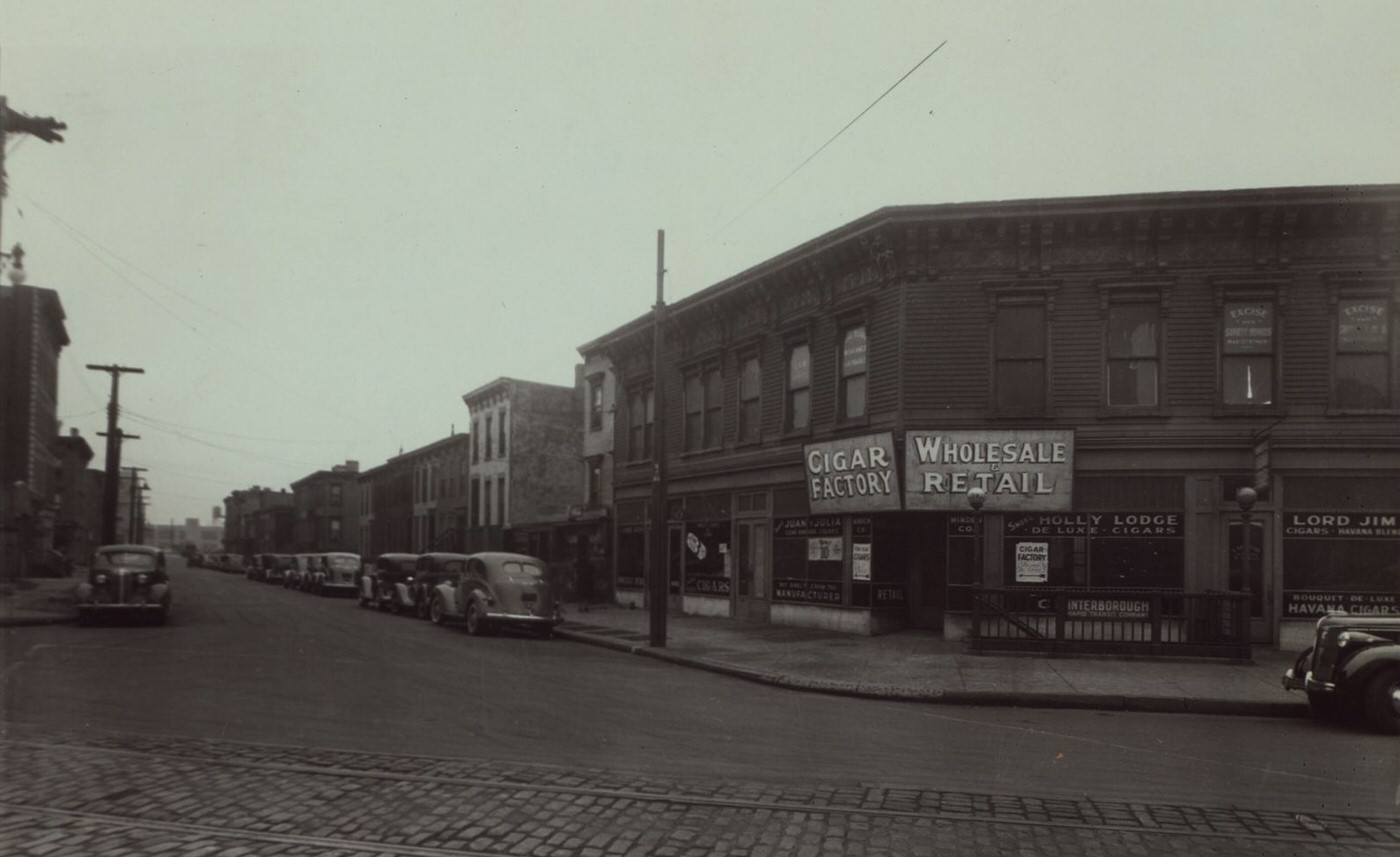
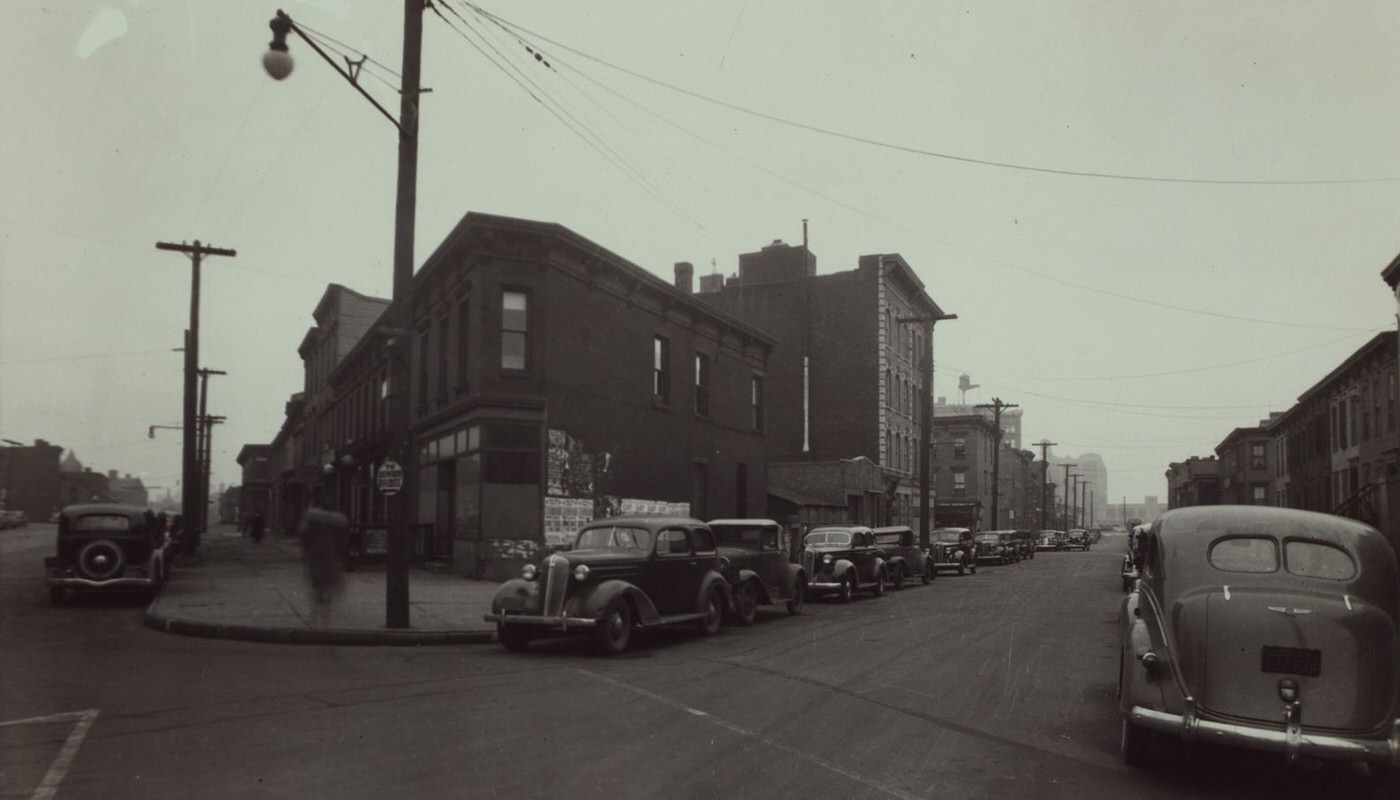
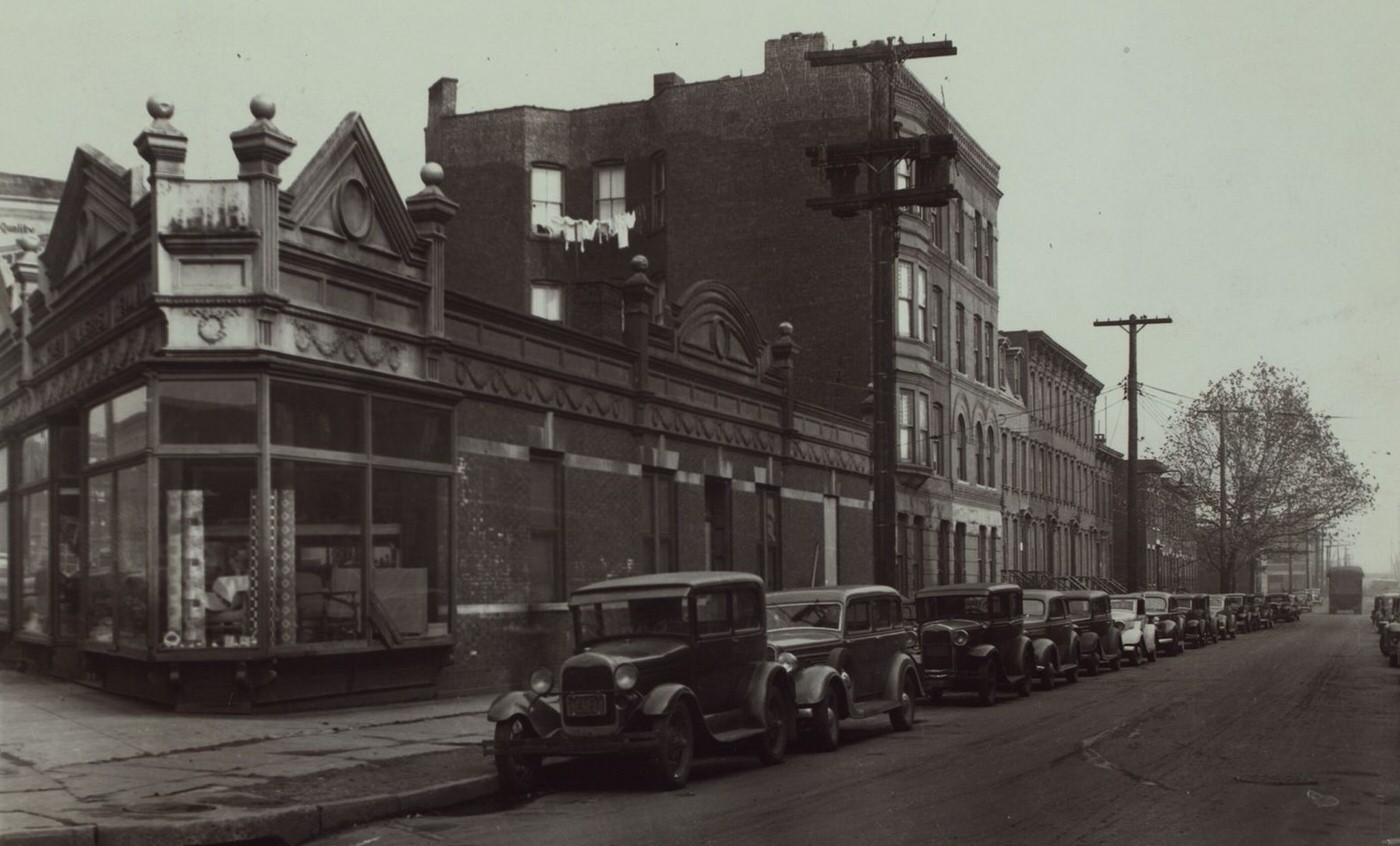
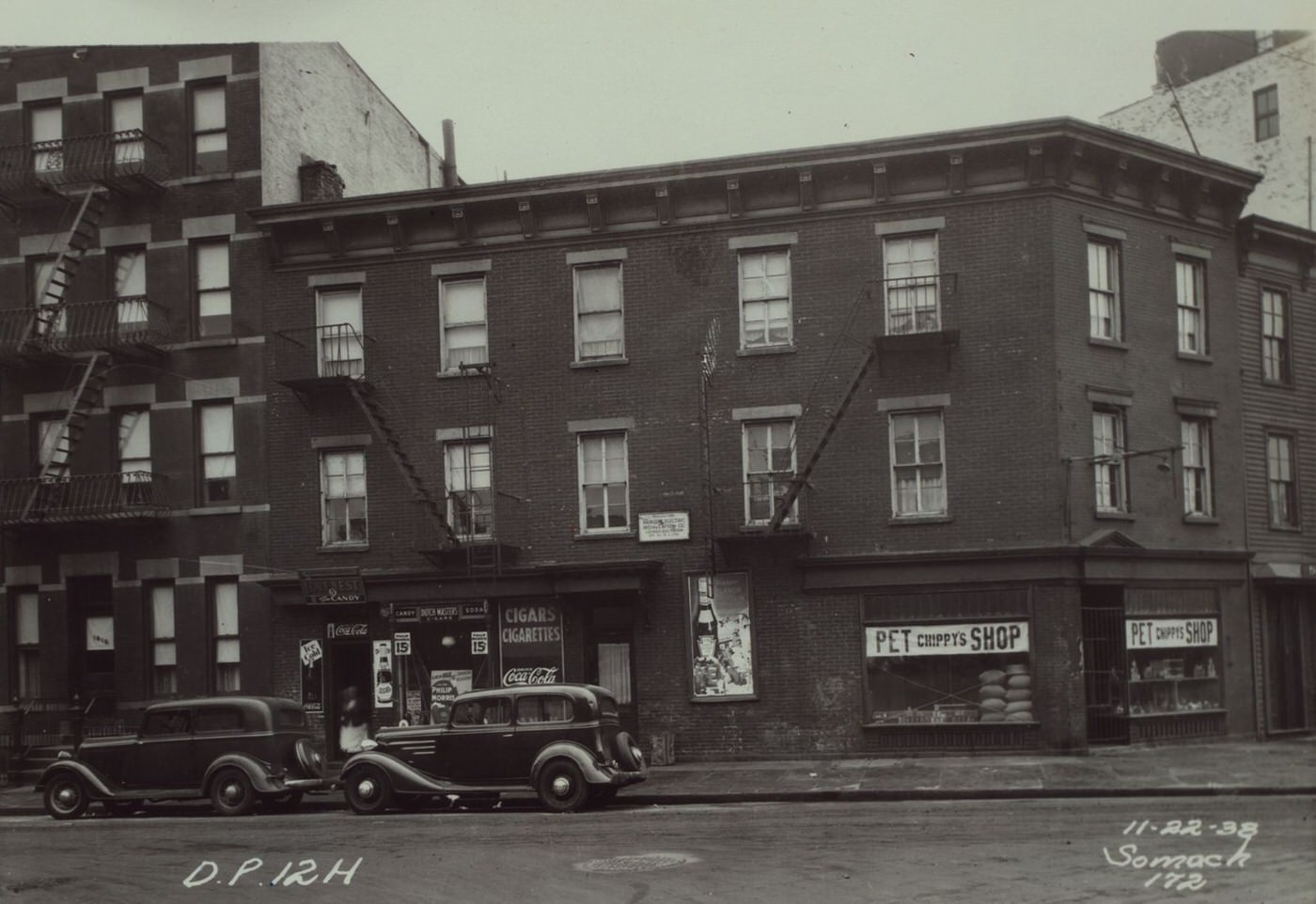
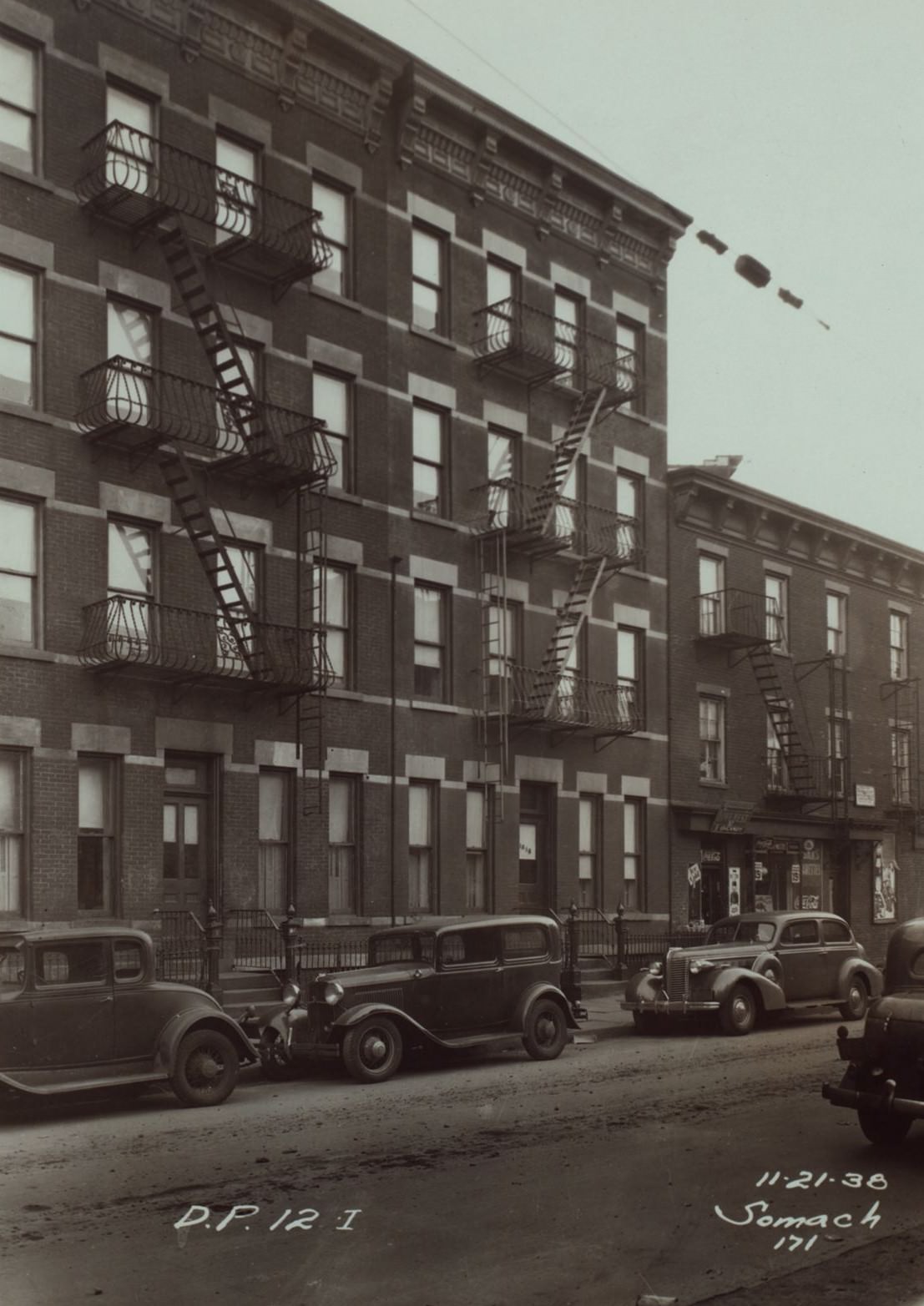
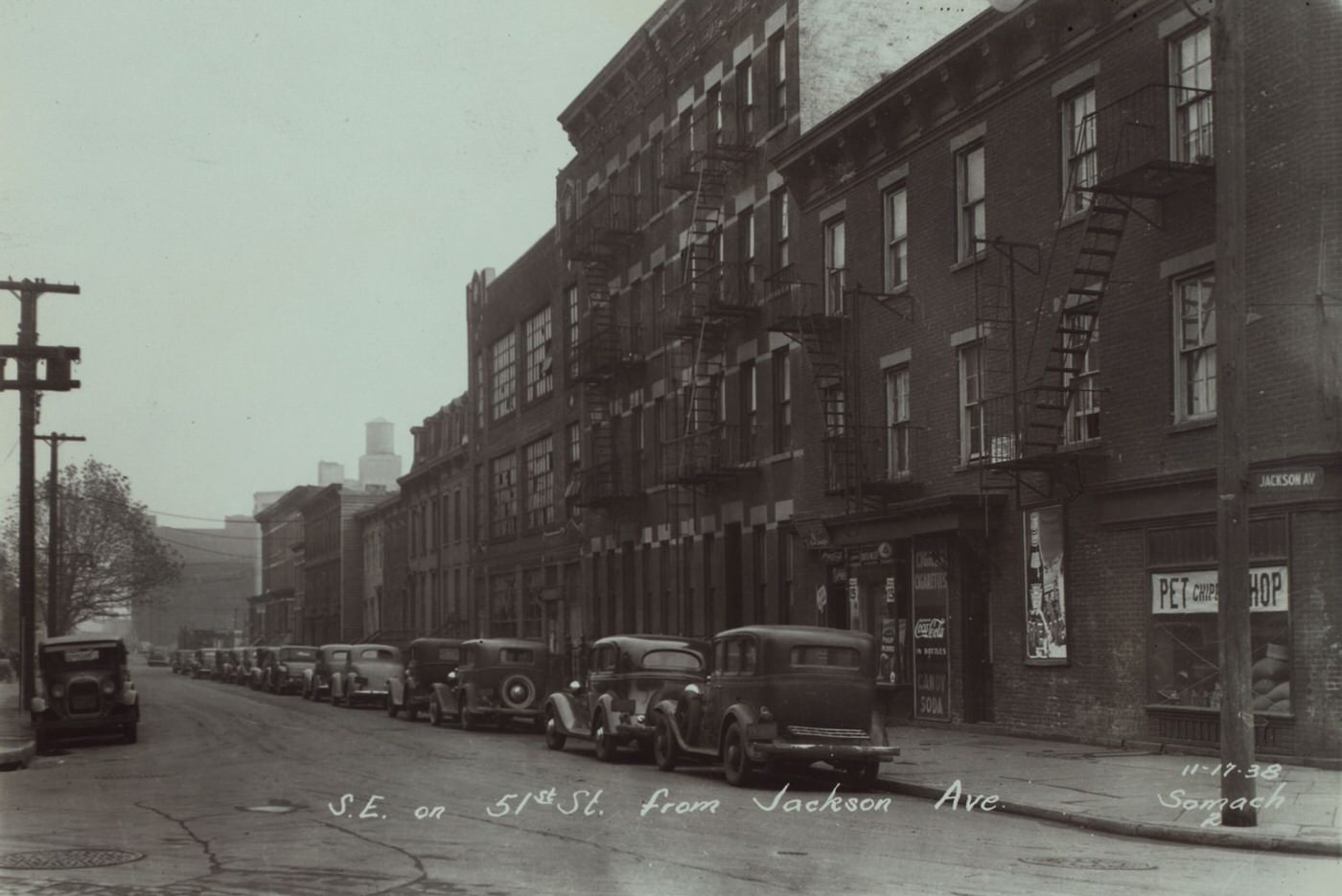
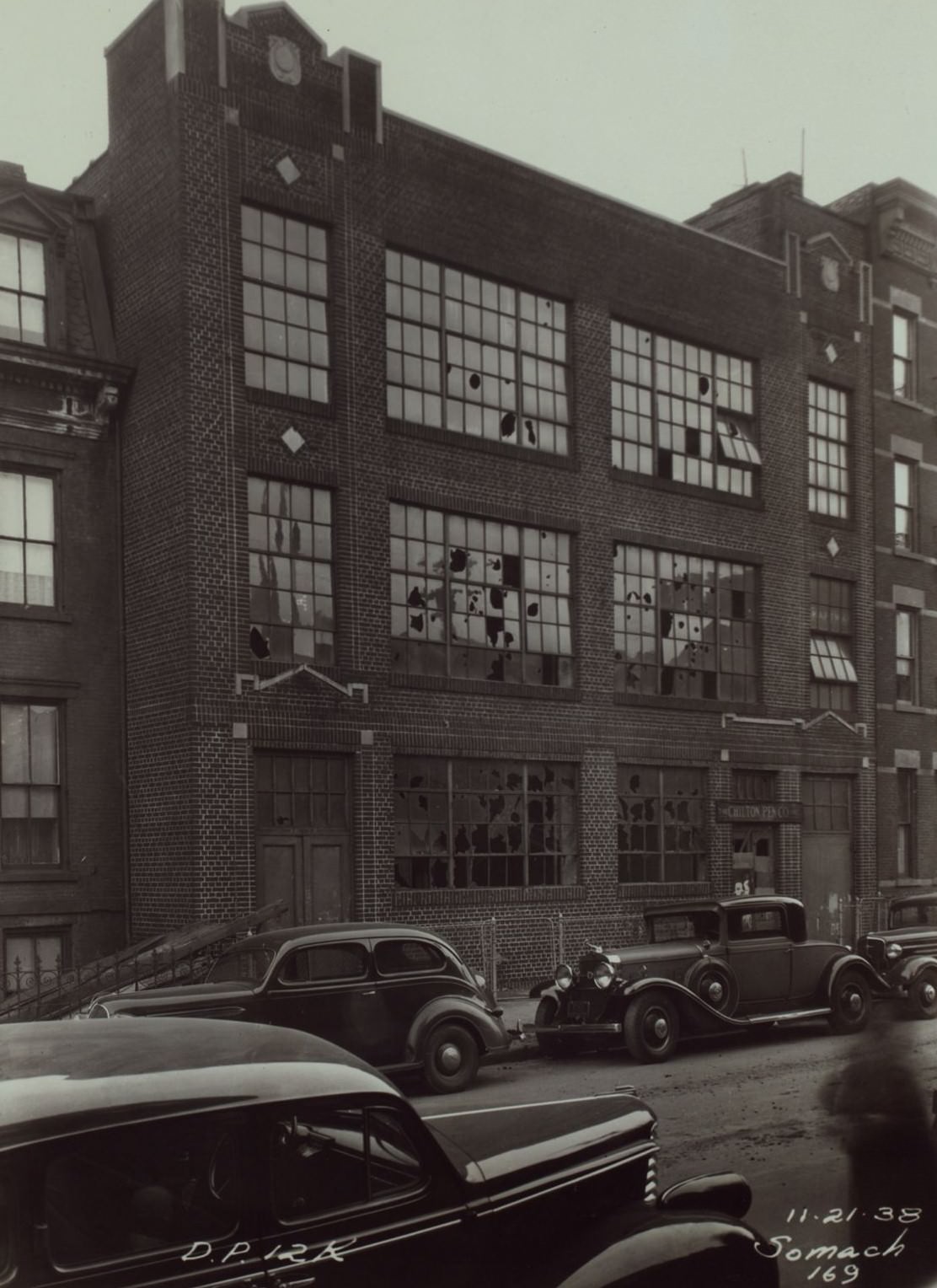
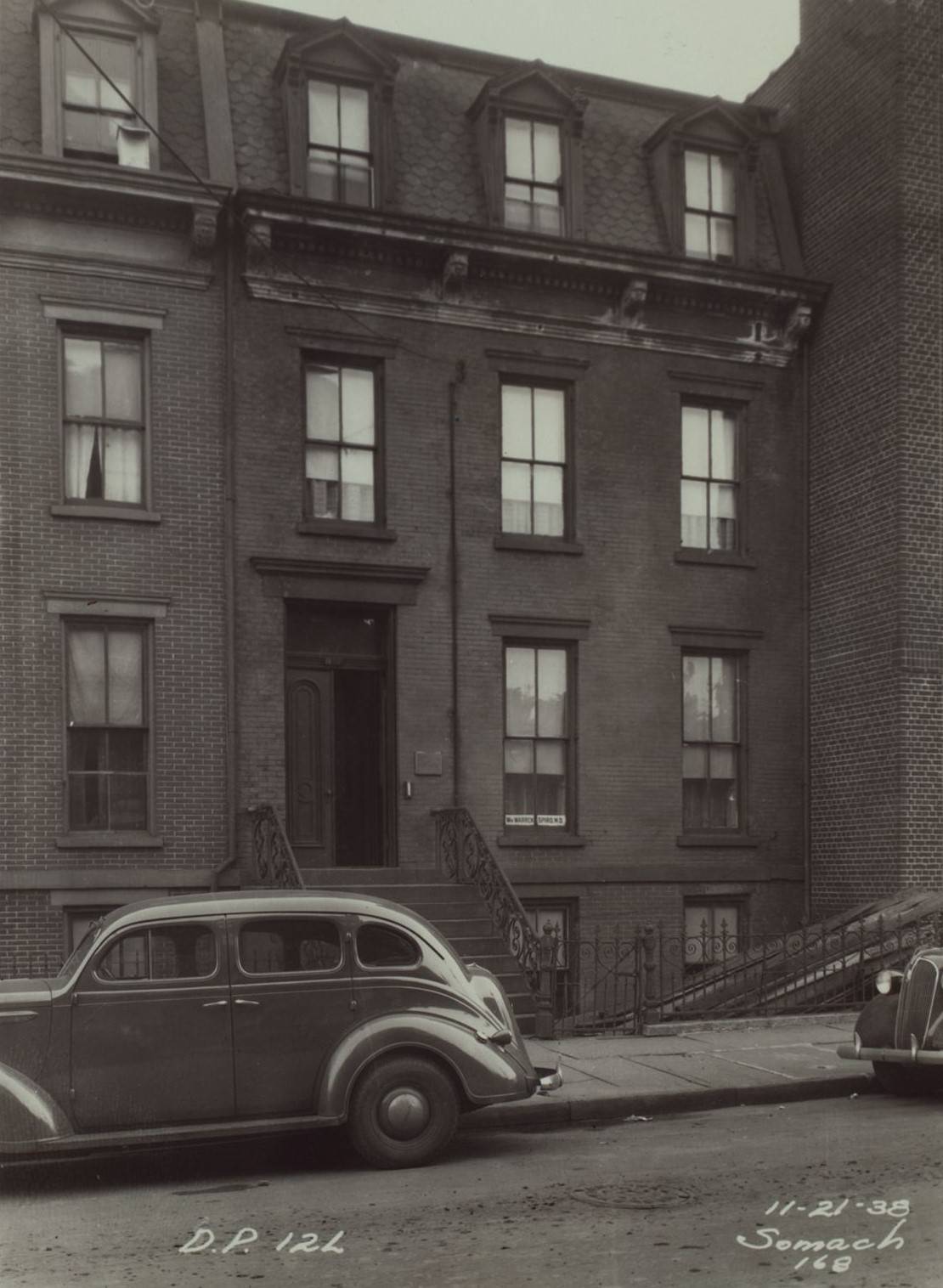
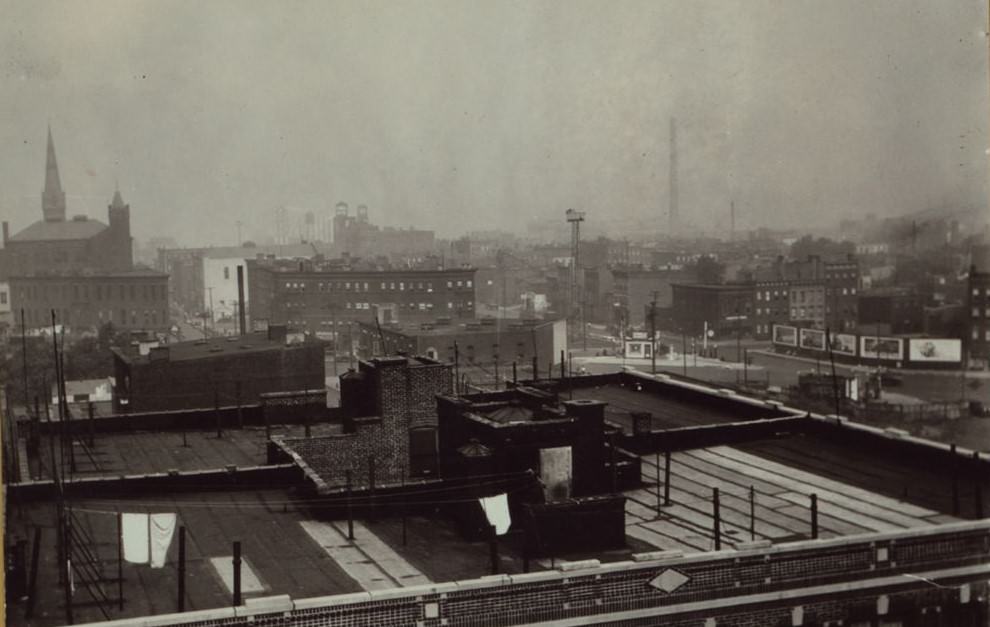
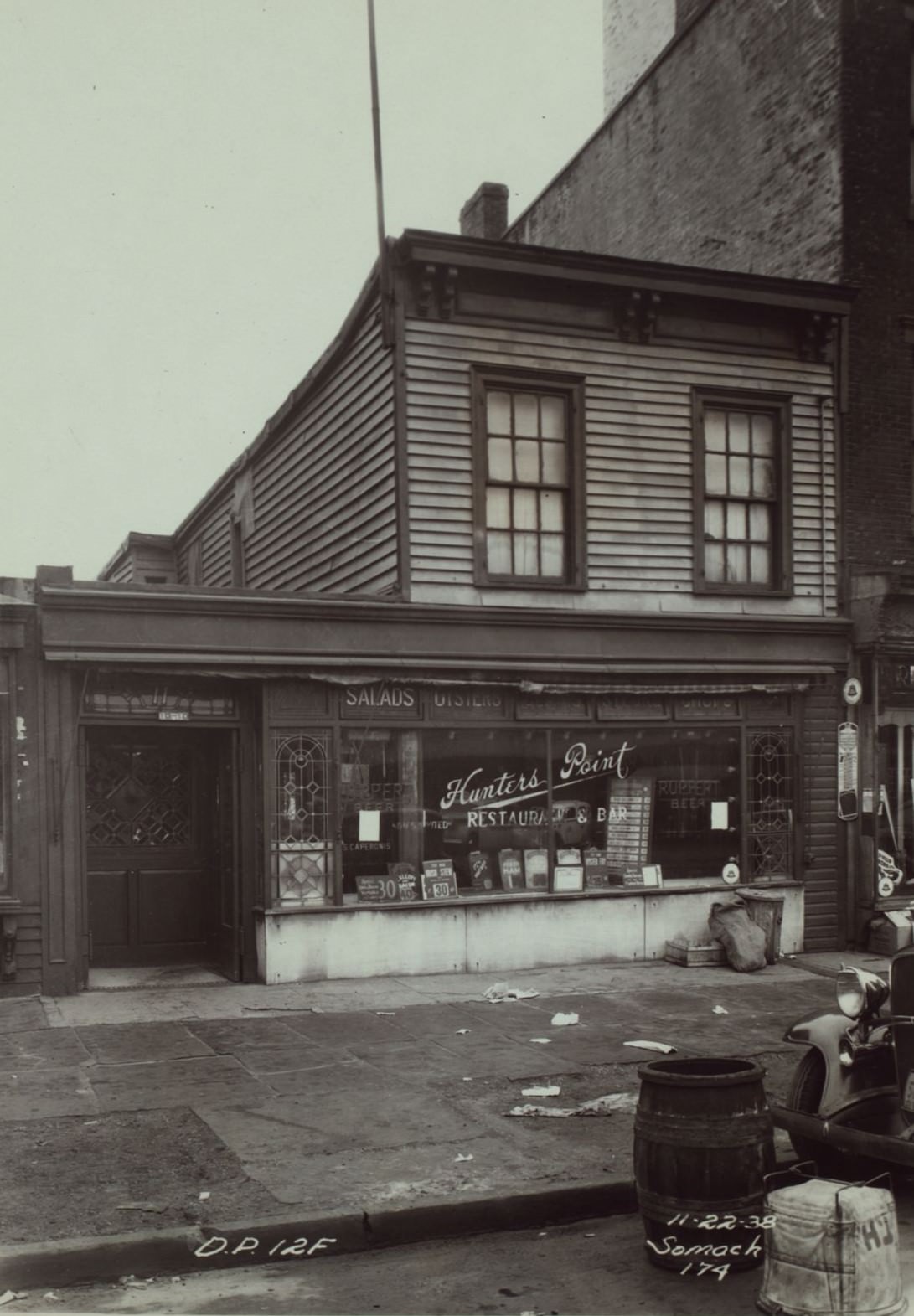
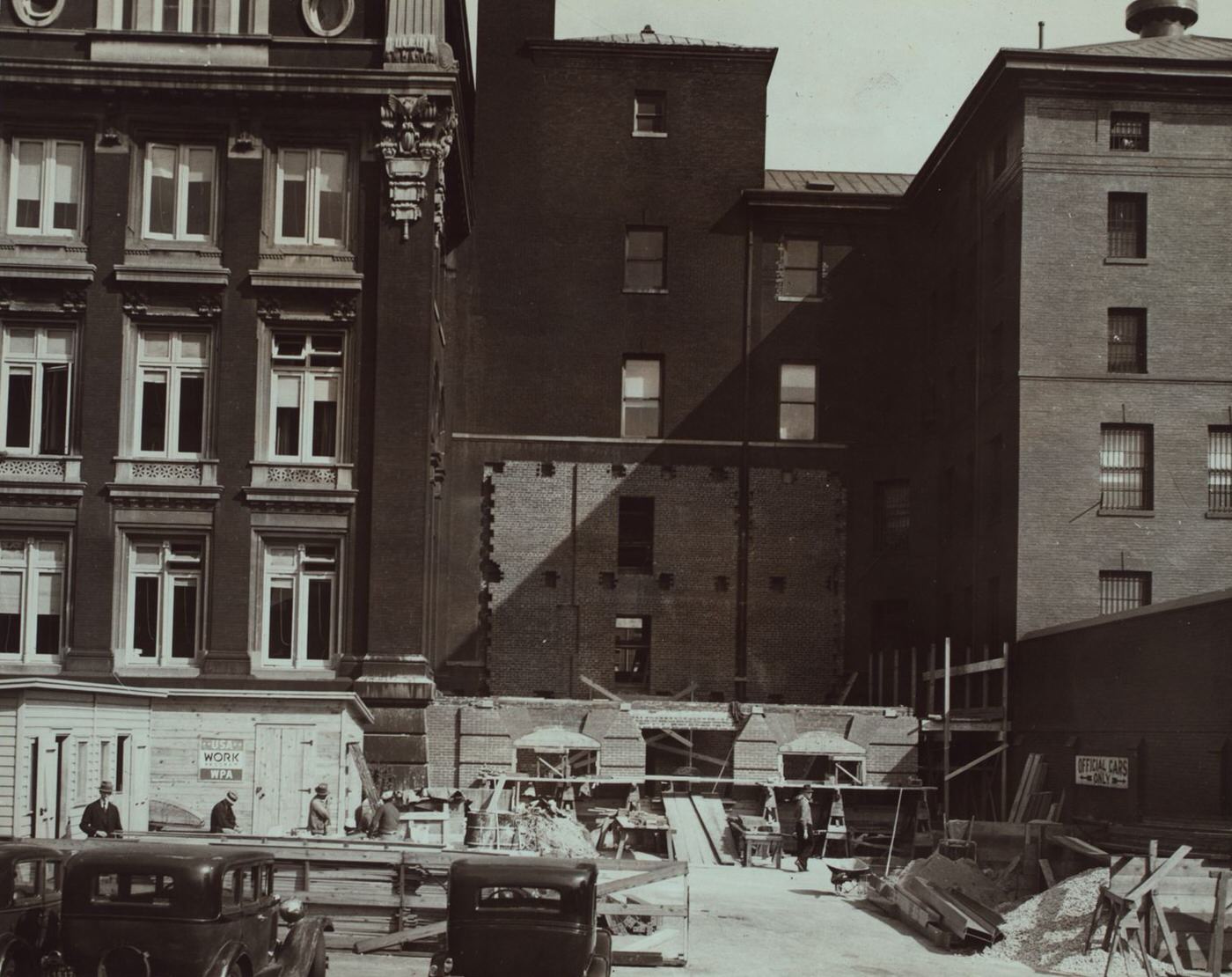
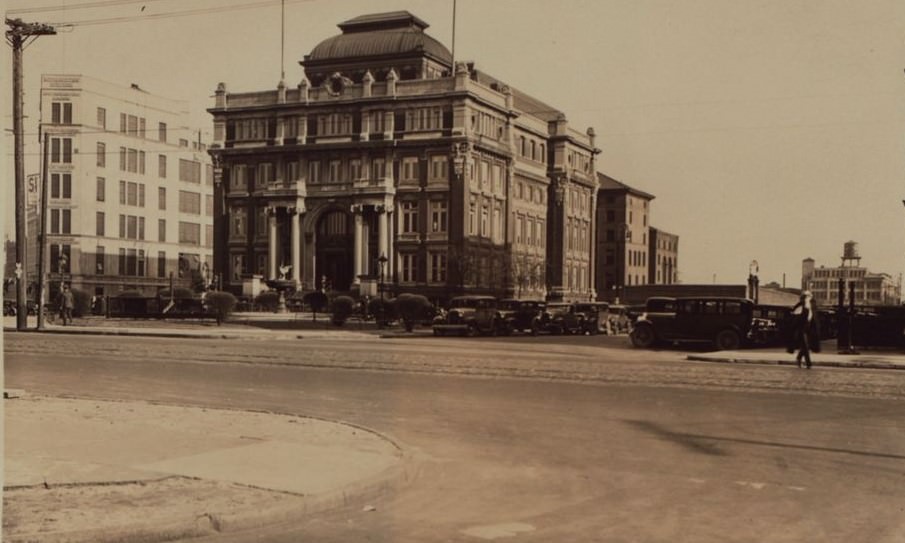
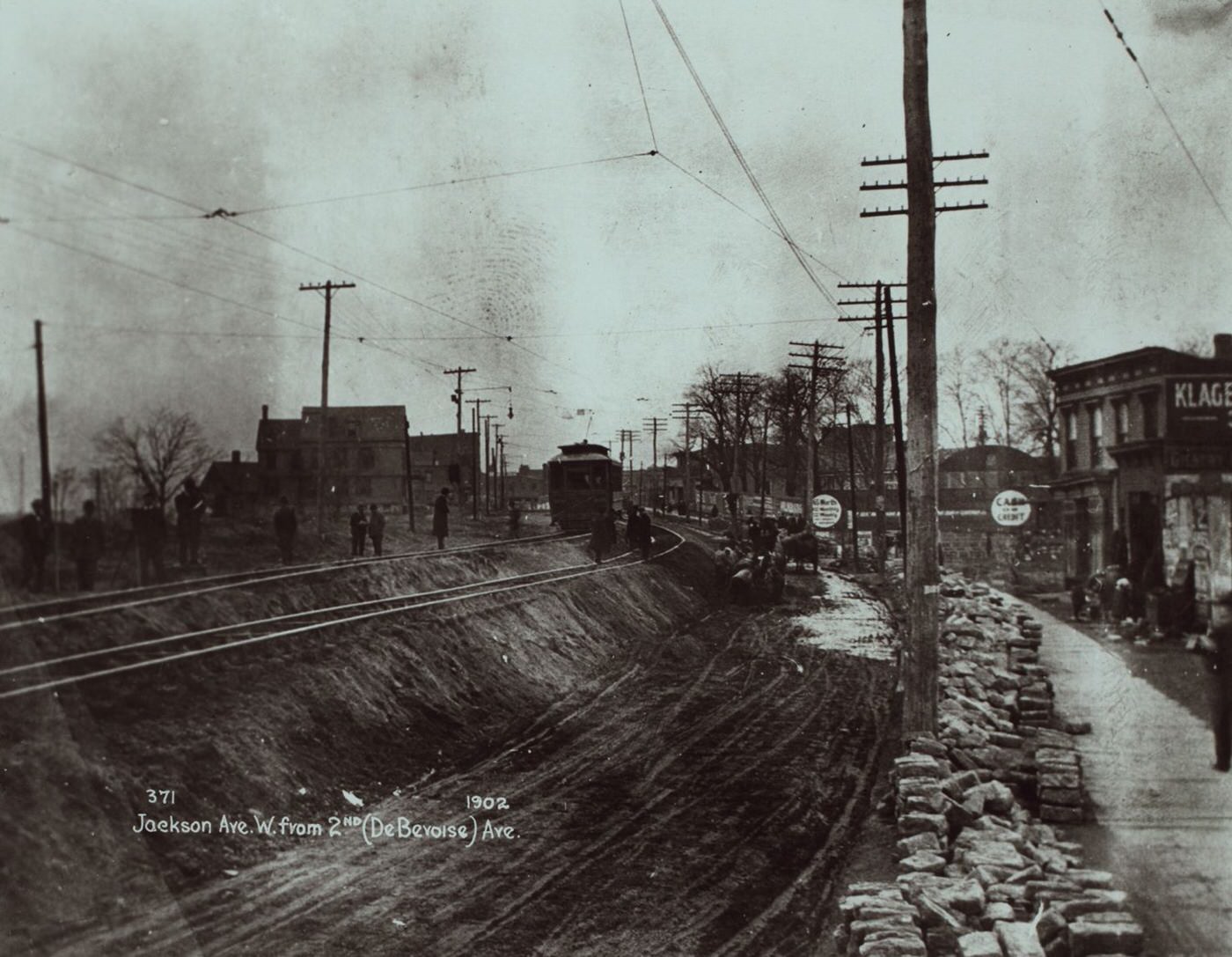
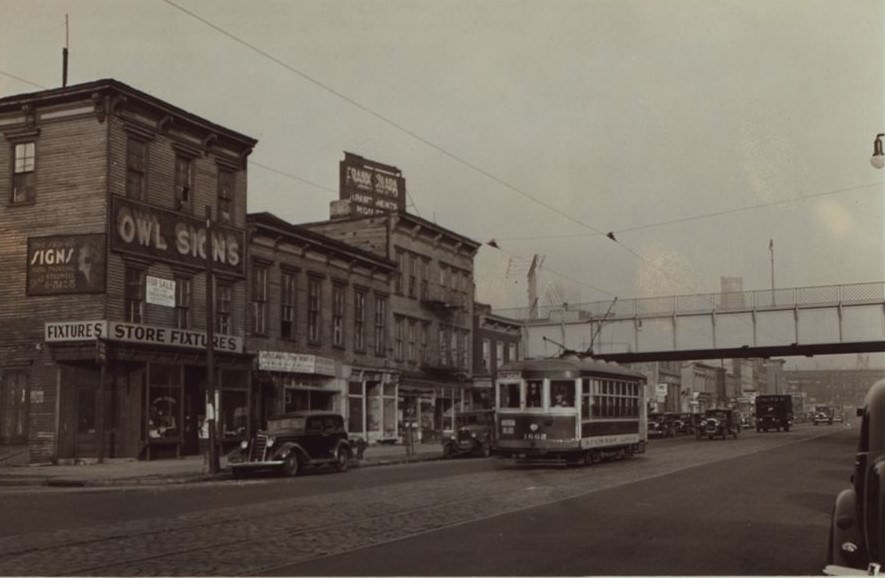
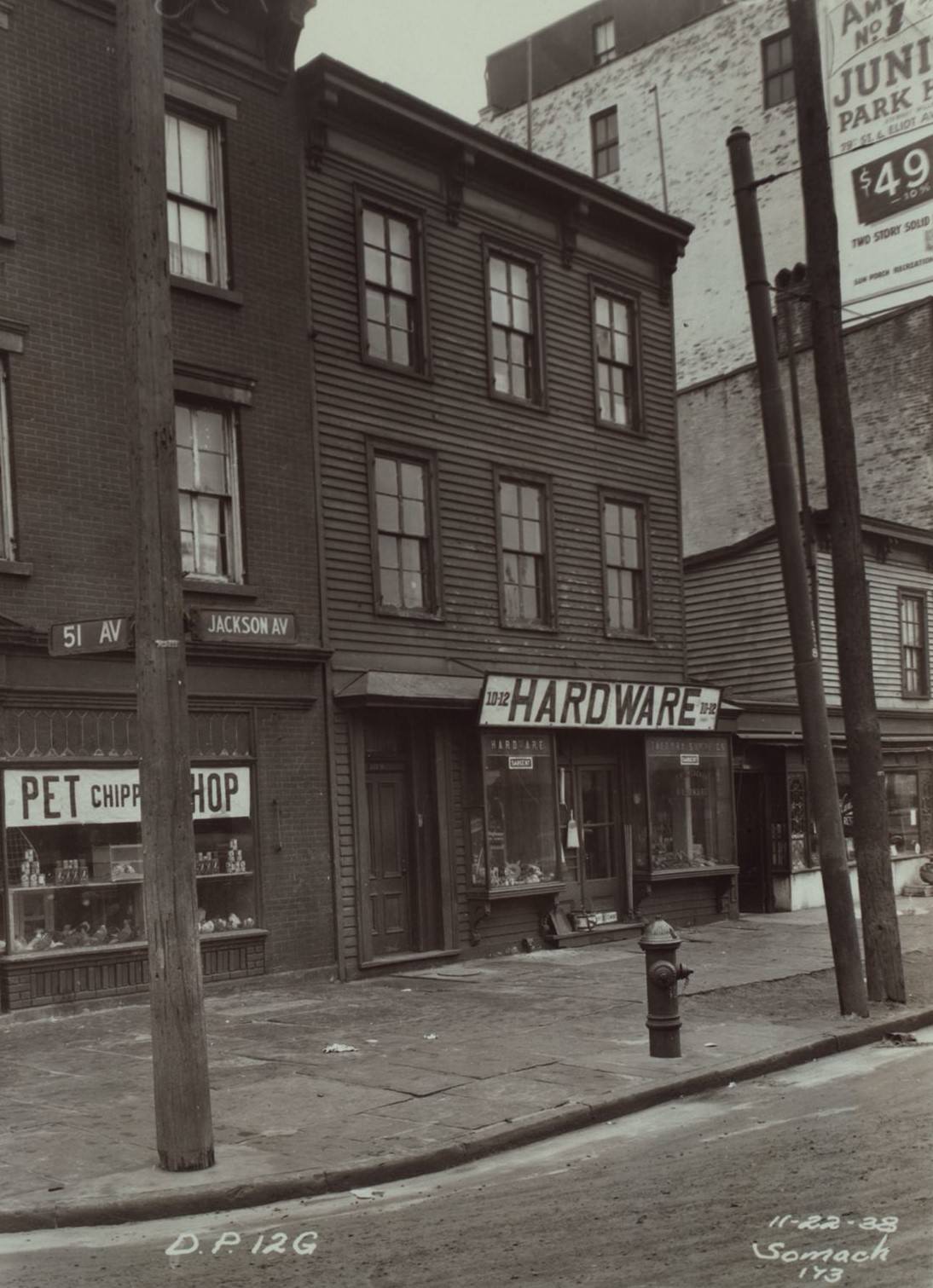
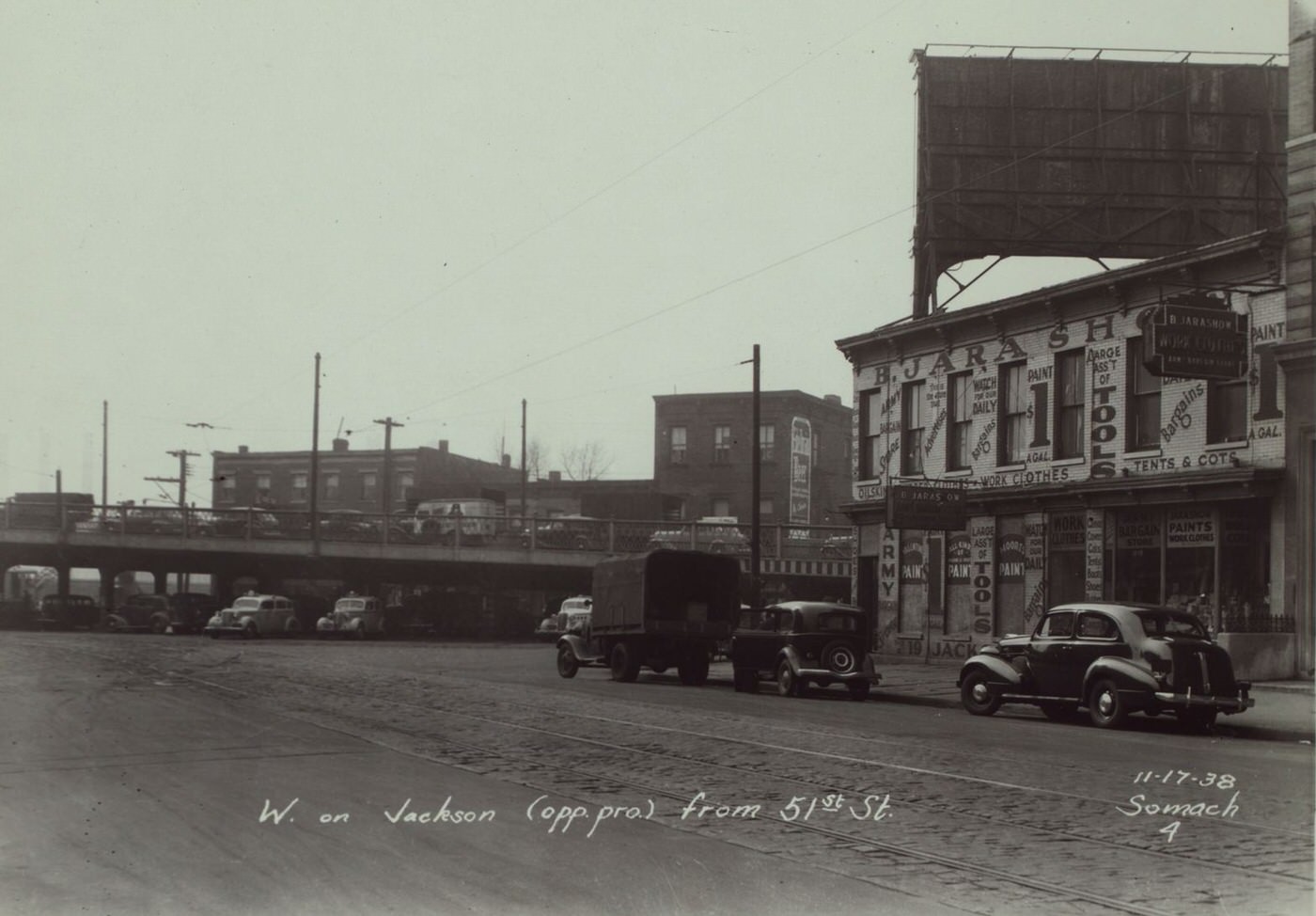
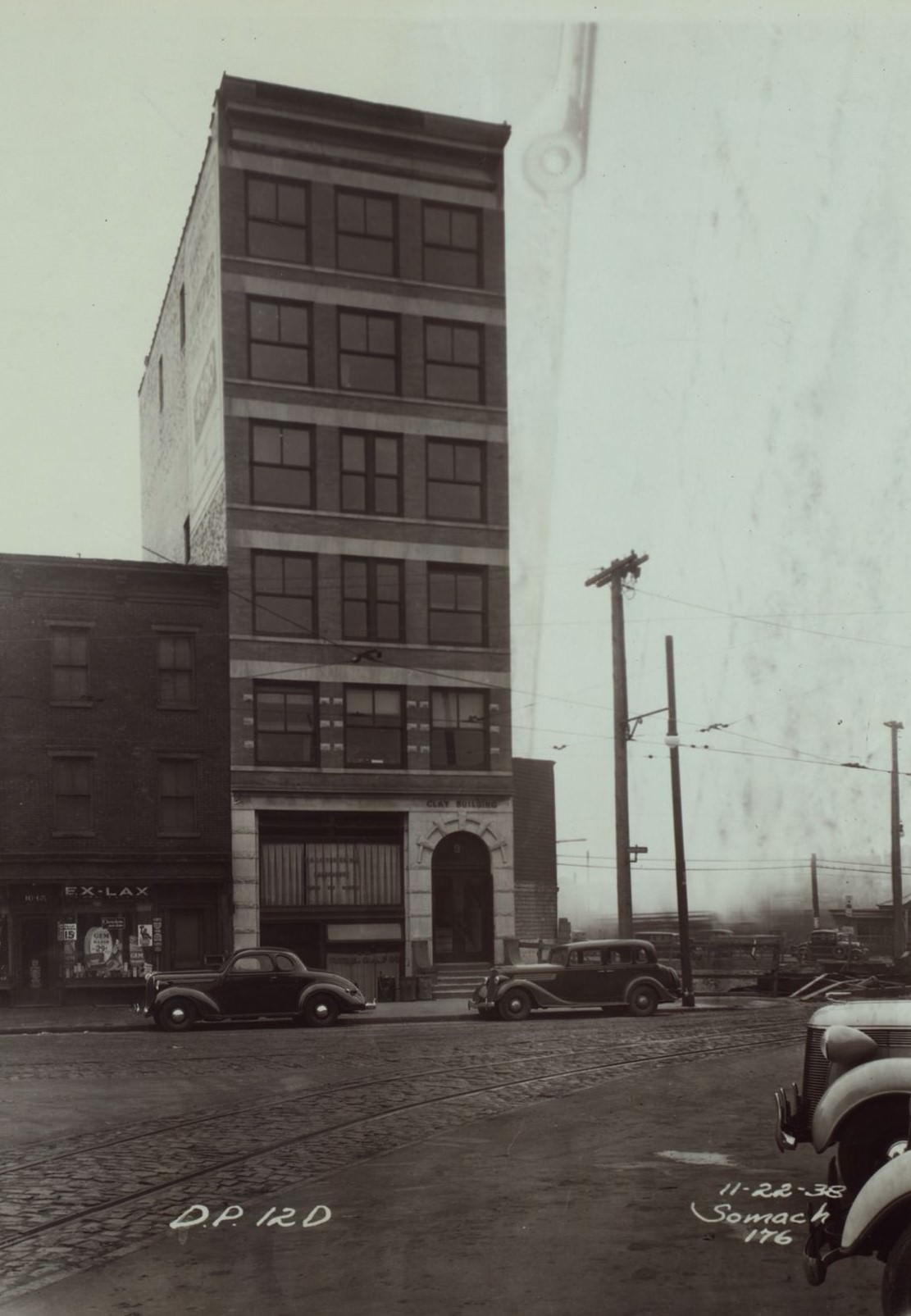
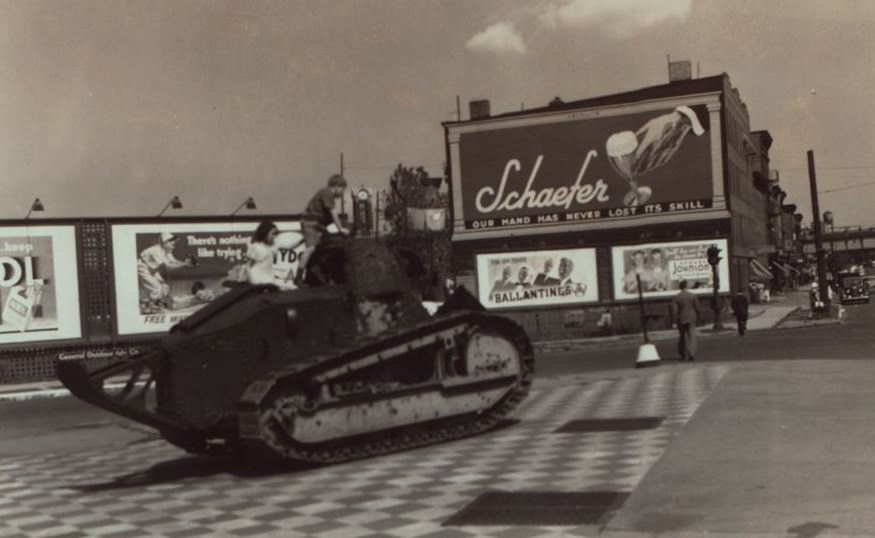
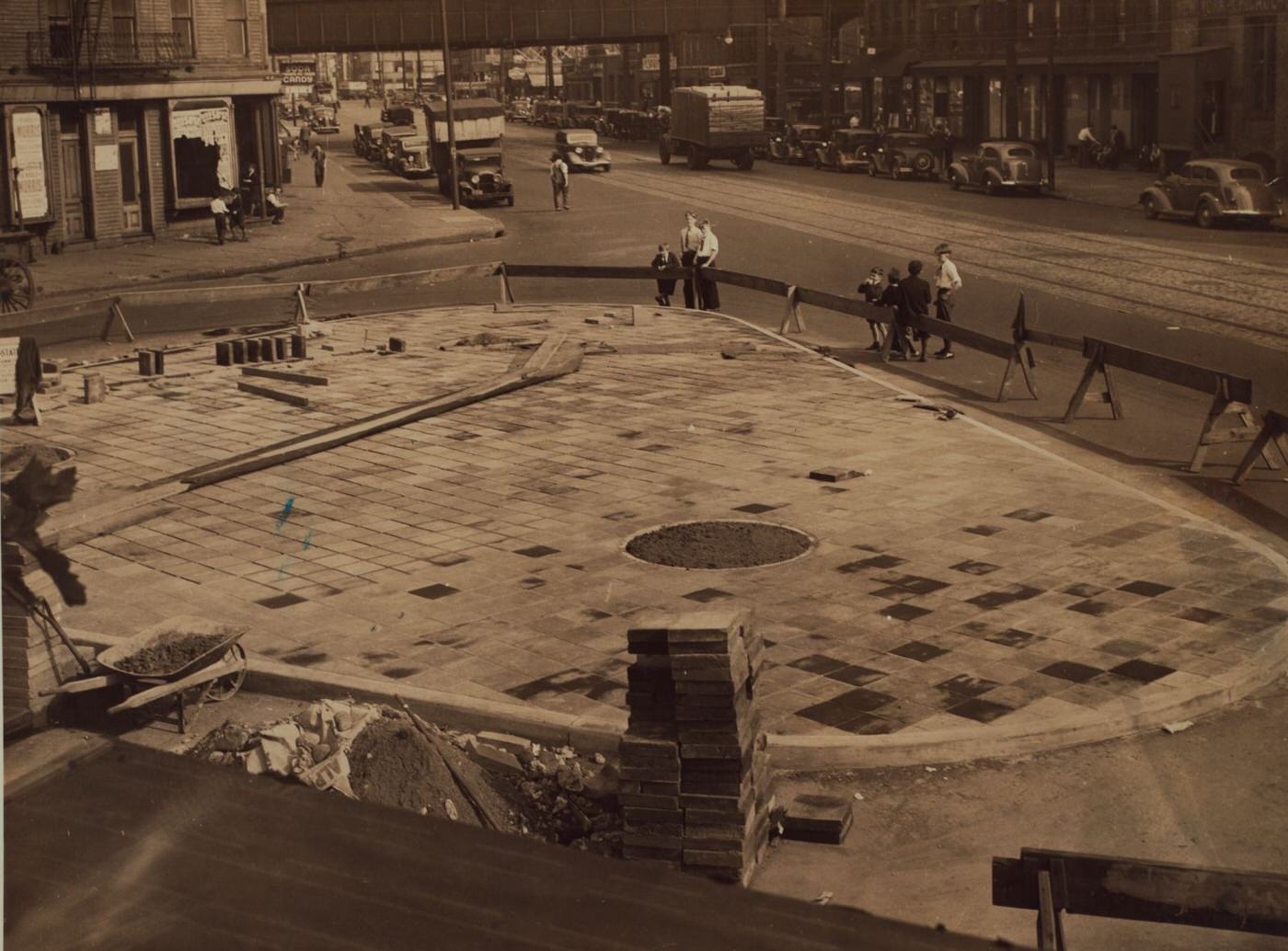
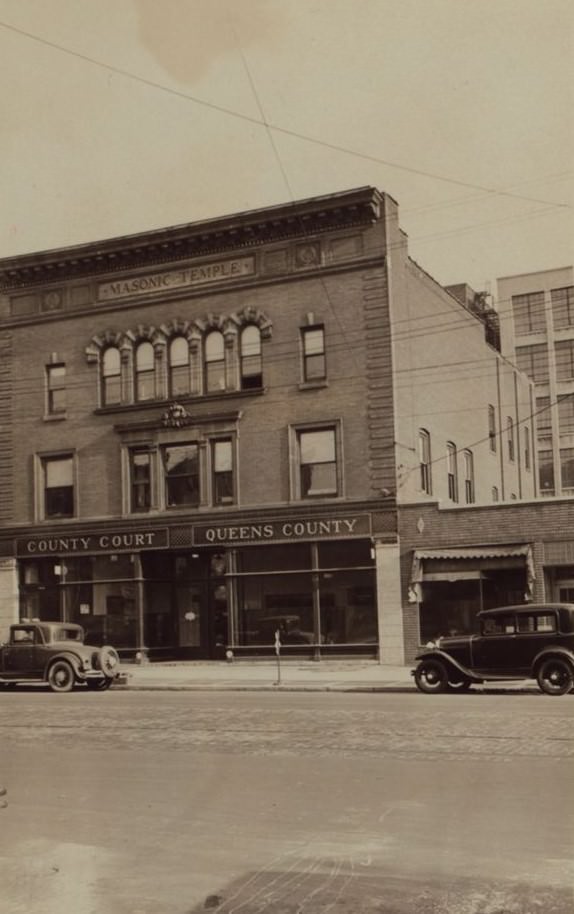
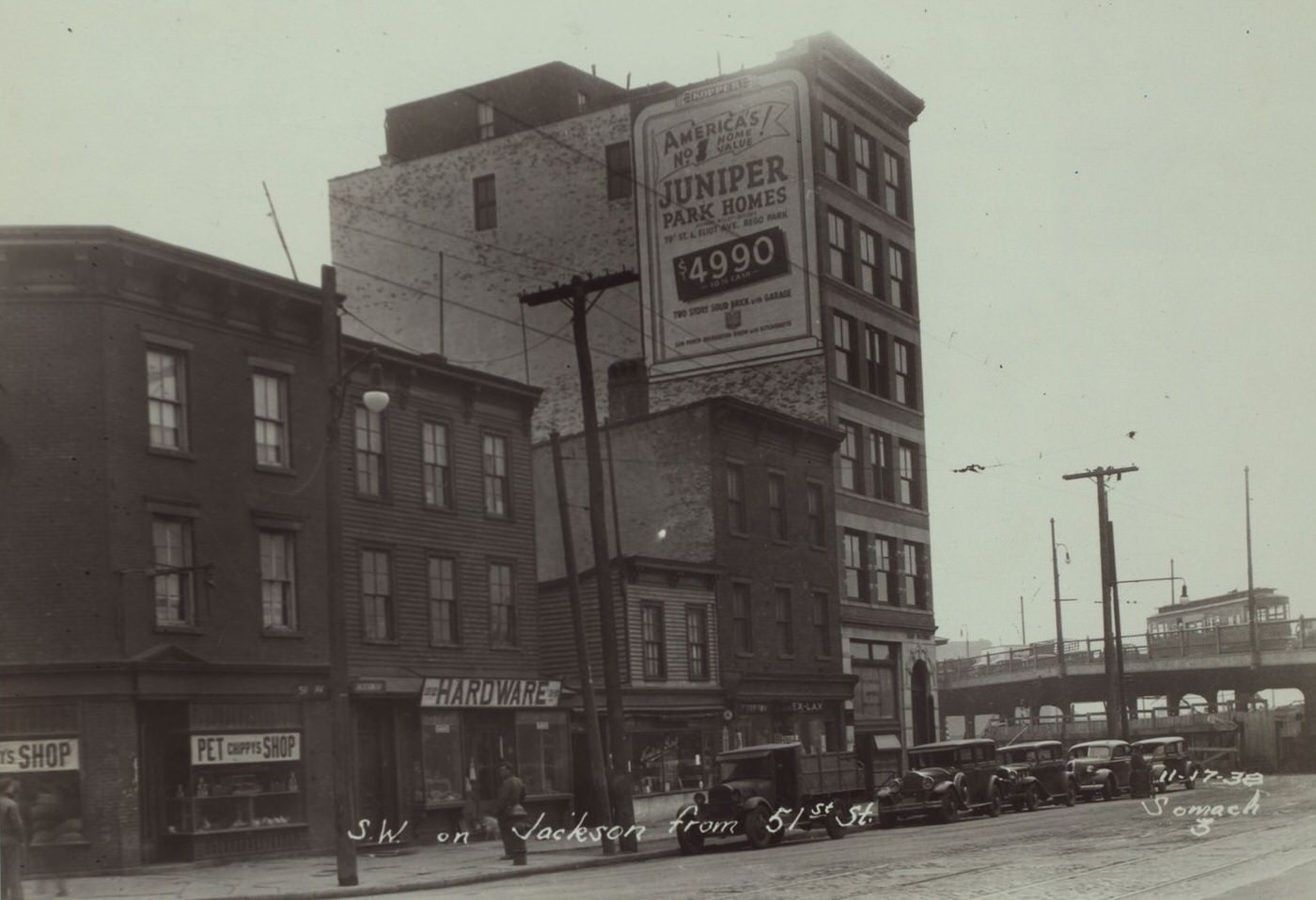
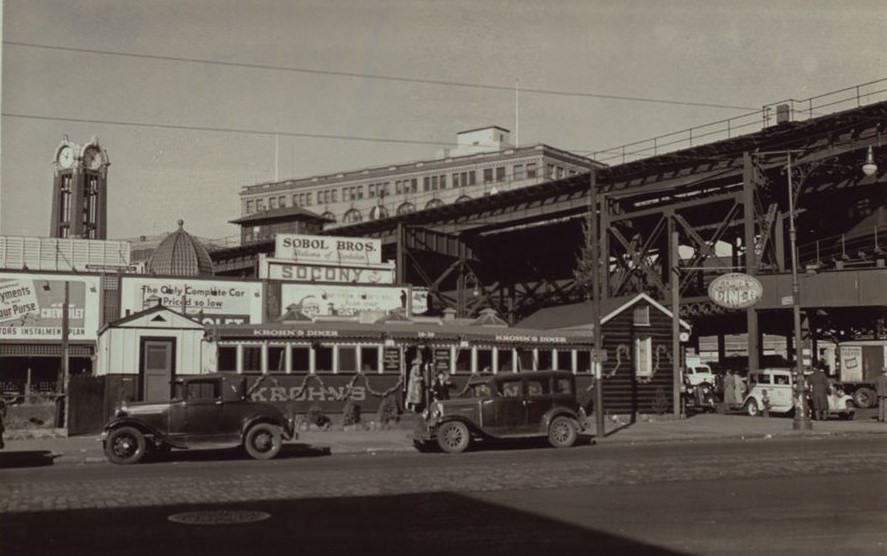
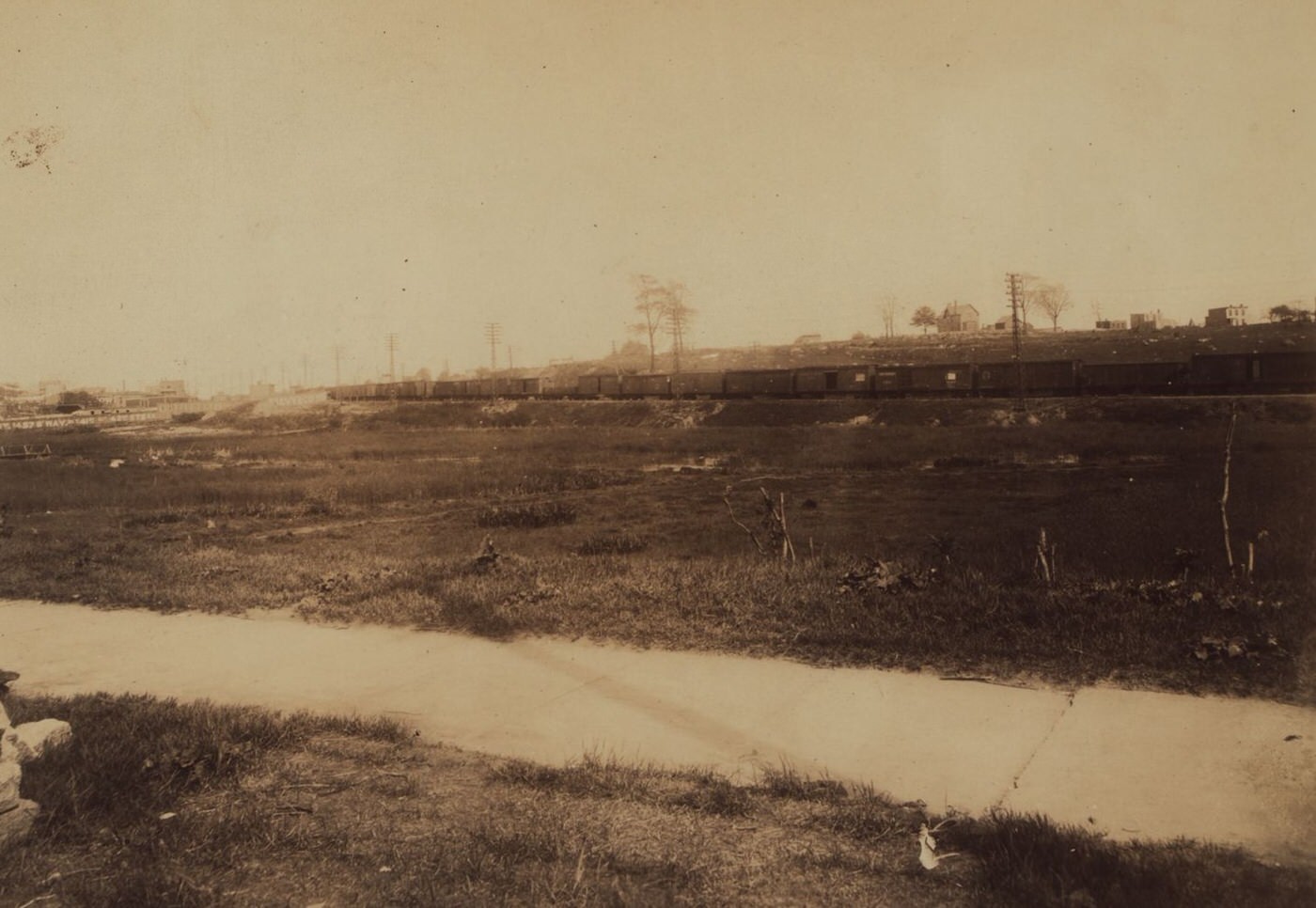
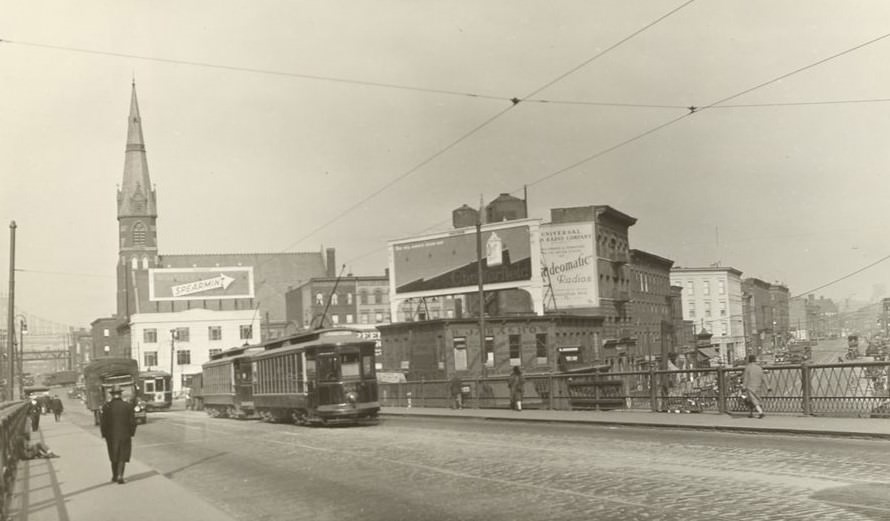
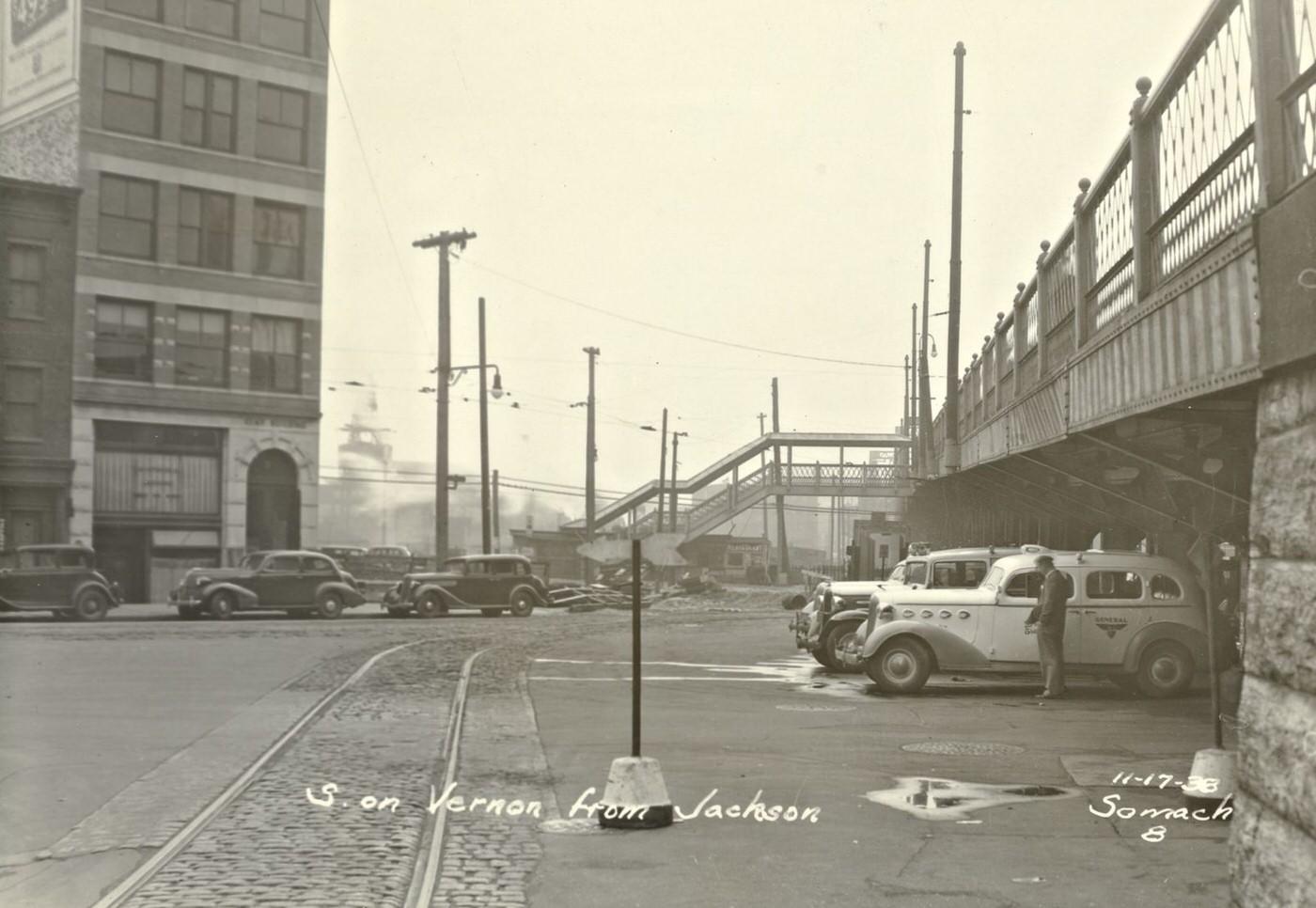
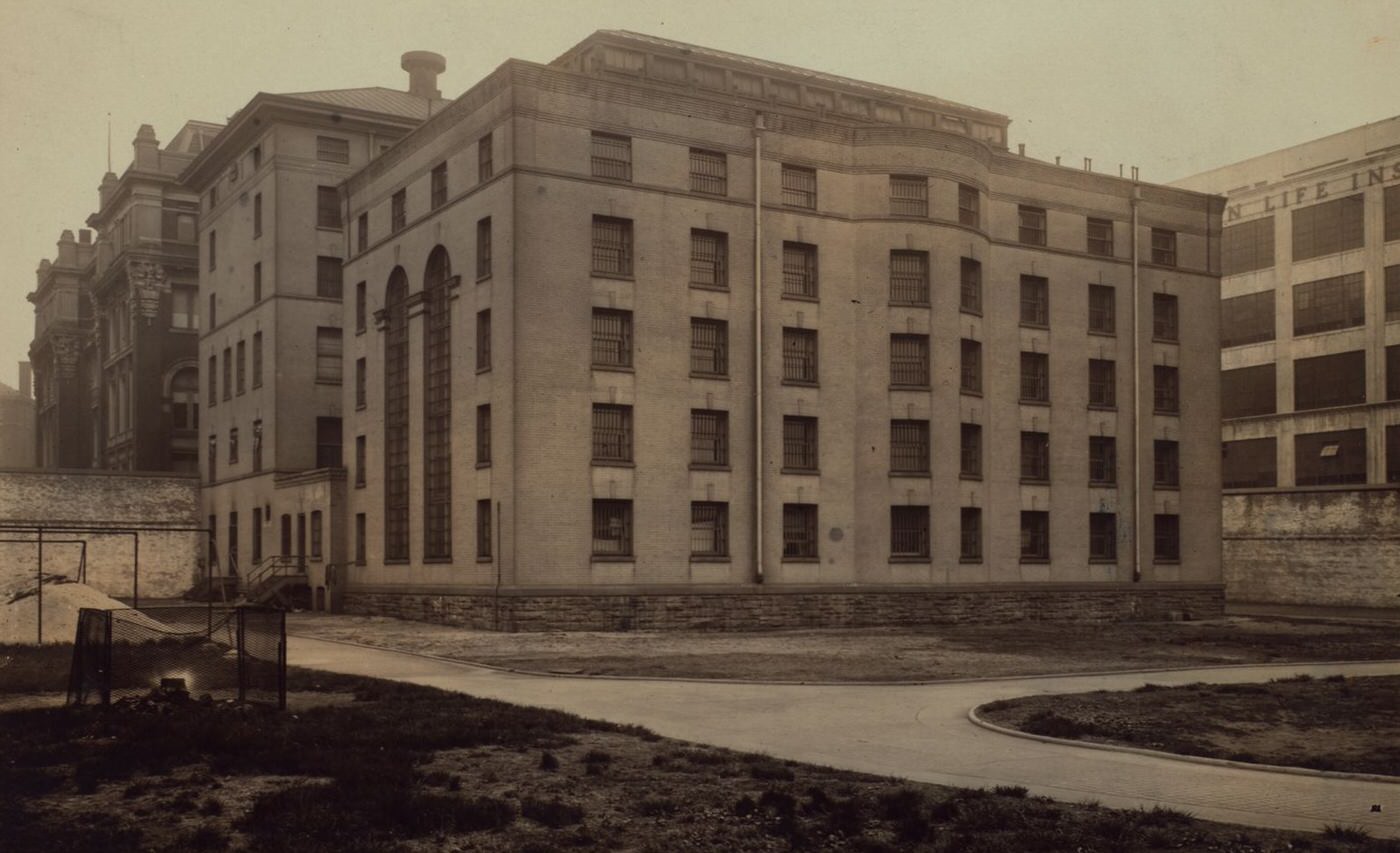
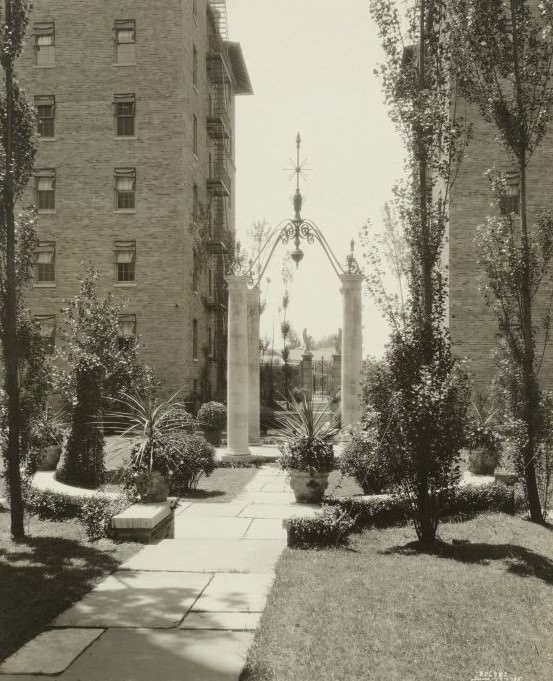

GIPHY App Key not set. Please check settings